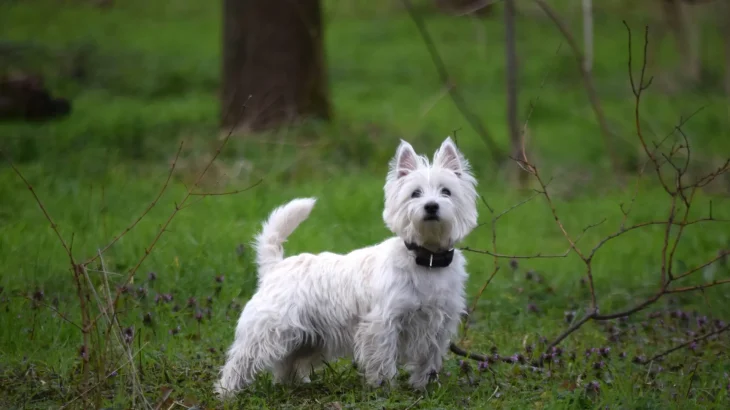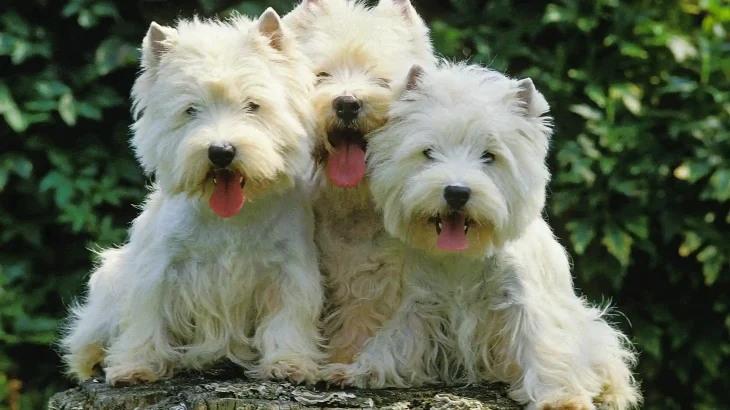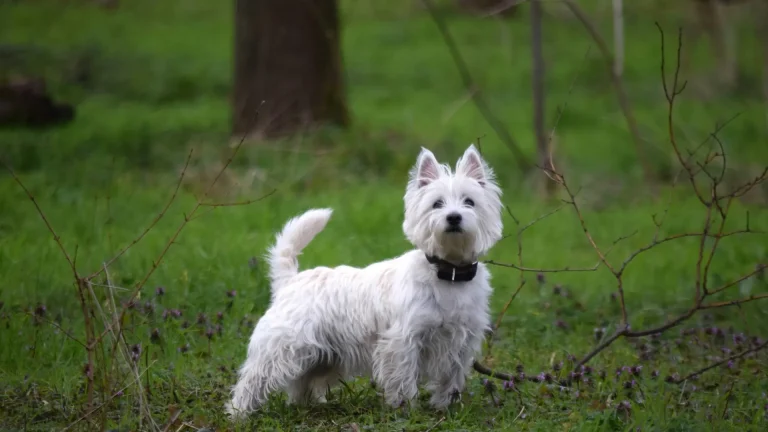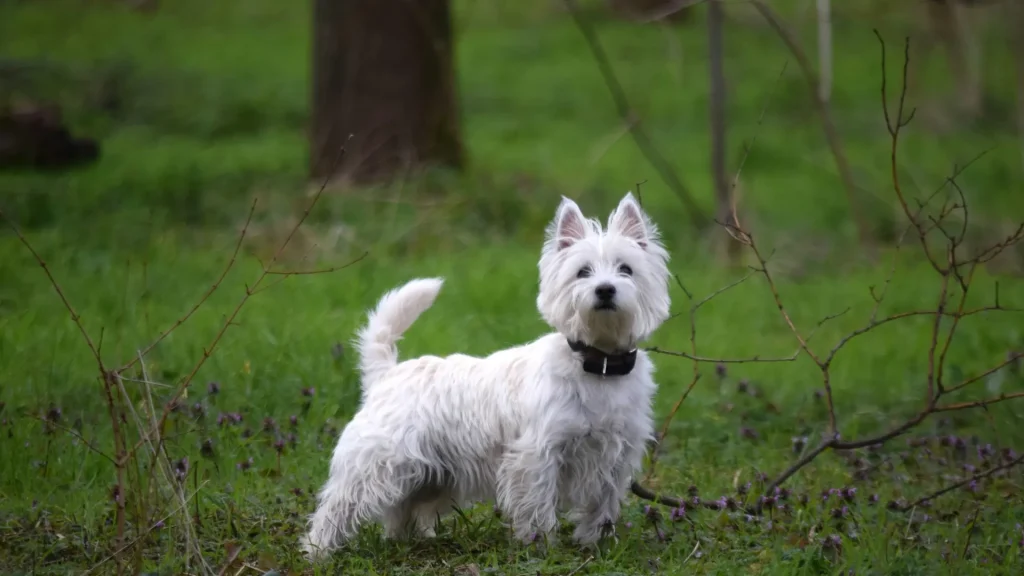Choosing between adopting or purchasing a West Highland White Terrier puppy depends on your priorities regarding cost, health transparency, and ethical considerations. Buying from a reputable breeder usually offers a clearer view of the puppy's lineage and health background, while adoption gives a chance to provide a home to a dog in need and can be more budget-friendly.
Adoption vs. Breeder: Pros & Cons
| Criteria | Buying from Breeder | Adopting from Shelter/Rescue |
|---|---|---|
| Cost | Generally higher, often $1,500 to $3,500 for a Westie puppy. | Lower adoption fees, usually $50 to $300, often including vaccinations and microchipping. |
| Health History | Comprehensive health records and genetic screenings usually provided. | Health history may be incomplete, though basic veterinary care is typically given before adoption. |
| Age Availability | Primarily puppies, allowing early bonding and training. | Dogs of various ages available, offering options for different lifestyles. |
| Temperament Insight | Breeders often share info on lineage temperament traits. | Temperament learned through shelter assessments and staff observations. |
| Supporting Practices | Supports responsible breeding when choosing ethical breeders. | Supports animal welfare by rescuing dogs and reducing shelter populations. |
| Ethical Considerations | Risk if breeder practices are unethical; thorough research is important. | Promotes giving a home to a dog in need, helping reduce pet overpopulation. |




















































